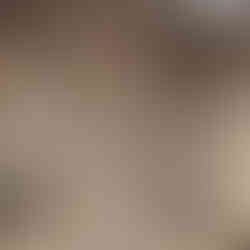Ceramics
- Ioana Belcea
- May 1
- 2 min read

An important element of this design is the floral border with the four narrative corner panels. I decided to take a multi media approach and execute the border in a mix of glass mosaic and ceramic. Let me explain.
A couple of years back, I discovered a 'medieval' castle in Doylestown, Pennsylvania. Yes, you heard me right. Built between 1908-1912, Fonthill Castle was the home of Henry Chapman Mercer. The Mercers were a prominent Doylestown family with roots in Bucks County dating back to the 17th century. The family had a history of judges, politicians, and diplomats until Henry broke the mold. After dutifully studying law for a while, Henry gave it all up to pursue a passion for archeology. He traveled all over the world collecting, as was the custom in those days, artifacts from the numerous digs he participated in. In time, he became interested in the pre-industrial tools of the Moravian community of his birthplace which were slowly becoming obsolete. Moving from discovering the process through the the artifact to understanding the artifact through the tool that created it, he started the Moravian Pottery and Tile Works becoming a key figure in the American Arts and Crafts movement (he created 400 picture tiles for the Pennsylvania State Capitol among other commissions). The castle he designed and built himself in an eclectic mix of Medieval, Gothic, and Byzantine architectural styles, and is significant as an early example of poured reinforced concrete. It incorporates within its walls, quite literally, his vast collection of tiles and artifacts.
Needles to say, I was fascinated. I visited the original tile works which is to this day producing hand made tiles after the myriad of patterns created by Mercer and got to see their manufacturing process. When I started thinking about this project Mercer's ceramic technique kept coming to mind. I decided to partner with the talented young ceramicist Julia Castor and see what we can do.
I am learning about clay, with or without grog, and shrinkage, underglazes, glazes and cones or firing temperatures. We have made a number of samples and color tests, Julia is creatively crafting my flower designs three dimensionally in clay and I am working on bas reliefs of the narrative scenes. We still have a long way to go.
As an aside, on my trip to Mexico I was struck by the bas relief decorative friezes and panels which adorn many of the buildings. They are cut deep and have the same aesthetic as many drawings I found in the Florentine Codex.




























































Comments